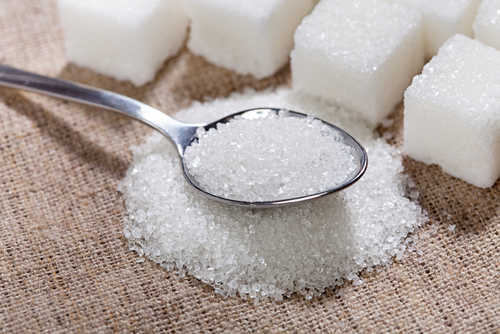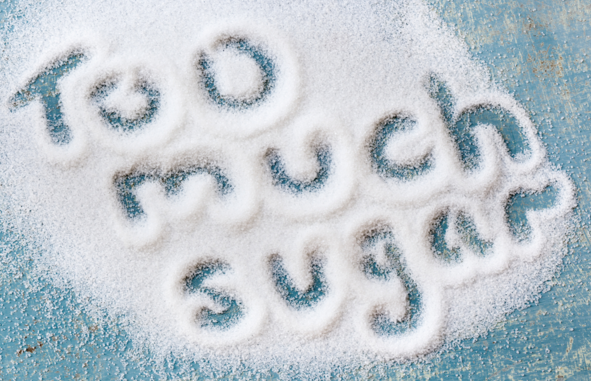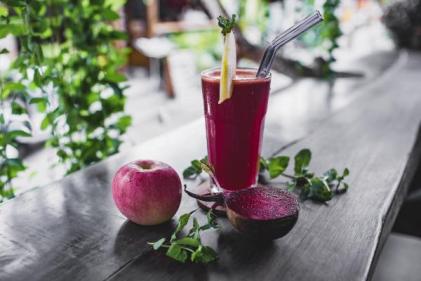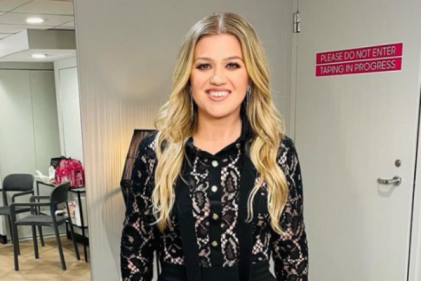With Ireland's growing obesity problem never far from the headlines, MummyPages has launched the first in a series of reports which aims to address the ways in which parents and policymakers can tackle the country's health crisis.
Focussing its attention on the impact our nation's sugar consumption can have on our overall heath, MummyPages turned to our community of mums in an effort to gain an insight into the areas in which families in Ireland feel they require support.
According to the release of our findings which coincide with revealing documentary, Sugar Crash, airing at 9:35pm tonight on RTE1, 87% of mums find it easier to think about sugar consumption in teaspoons rather than grams while 91% of mums think that food labels should clearly identify serving sizes with a corresponding sugar quantity in teaspoons.
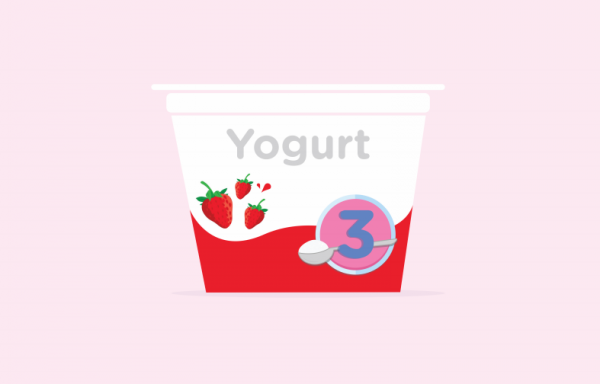
Highlighting a disparity in our mums' approach to issues of nutrition, our survey indicated that while 54% of mums carefully consider the fat content in foods consumed for lunch and dinner time meals including ready-meals, cooking sauces and processed foods, a mere 17% of mums do the same when it comes to sugar content.

Reflecting on the findings, MummyPages mum-in-residence, Laura Haugh, said: “Almost a third of our mums read food labels when out shopping, however nine in ten mums don’t readily understand the real meaning of the sugar content in their food and where it fits within their daily guidelines.”
With Laura explaining that many parents struggle to determine whether a certain food is high, medium or low in sugar according to the recommended portion size, she suggests: “A simple step from food manufacturers to include this information in a way that is easily understood, such as teaspoon quantity as well as metric quantities, could have a significant impact in educating consumers to make more informed decisions.”
Urging policymakers to consider the importance of these findings, Laura says: “We want the Government to back our MummyPages campaign to not only denote sugar quantities on food labels in teaspoons per portion size, but also to make it mandatory to include the recommended guidelines for daily sugar, fat and salt consumption on food labels.”
“This small change would not cost the consumer any more money unlike the ‘sugar tax’ previously suggested by the Health Minister, Leo Varadkar TD to tackle our spiralling obesity crisis," she asserted.
“Instead it would have a far more powerful and long-lasting impact, by educating adults and children alike as to how much sugar they are consuming in their foods relative to what they should be.”
If you feel you and your family are struggling to control your reliance on sugar and sugary foods, why not check out MummyPages' top 10 tips for beating the addiction?
1. Slowly reduce the sugar you add to hot drinks in order to give your taste buds a little time to adjust.
Choose low sugar Rich Tea biscuits to accompany your tea or coffee.
2. Add a little cinnamon to porridge, natural yogurt, cappuccinos or hot chocolate to give a sweet flavour.
This will help stabilise blood sugar levels.
3. Check the carbohydrate content of any product claiming to be a ‘low-fat’ version of the original as these tend to be higher in sugars.
Choosing a smaller portion of the regular version will actually be better for you.
4. Eat whole fruits rather than fruit smoothies as they don’t count towards your daily added sugar intake.
This is as a result of the fibre contained within skin and bulk of the fruit.
5. Look out for low or no sugar alternatives to regular foods, choosing those with natural sweetener substitutes in the ingredients list like Stevia rather than the artificial alternatives like sucralose, saccharin and aspartame.
High fruit content jam sweetened with grape juice is a better alternative to regular jam.
6. Balance your carbohydrate intake with high protein foods like lentils, beans, fish, chicken and turkey.
High protein foods slow your stomach emptying, which helps to manage sugar cravings.
7. Swap white bread, rice and pasta for wholegrain versions like oats, granary and wholemeal breads.
Choose brown rice and pasta over their white alternatives.
8. Reduce the sugar in your recipes.
Instead, add spices to boost both the flavour and taste.
9. Place slices of cucumber, lemon or orange into a jug of water each day.
Refrigerate for a cool alternative to squash drinks.
10. If you feel a sugar craving coming on, first drink a glass of water.
If you’re still not satisfied, grab a piece of fruit or a handful of natural nuts which contain protein and help to balance blood sugar and energy levels.

